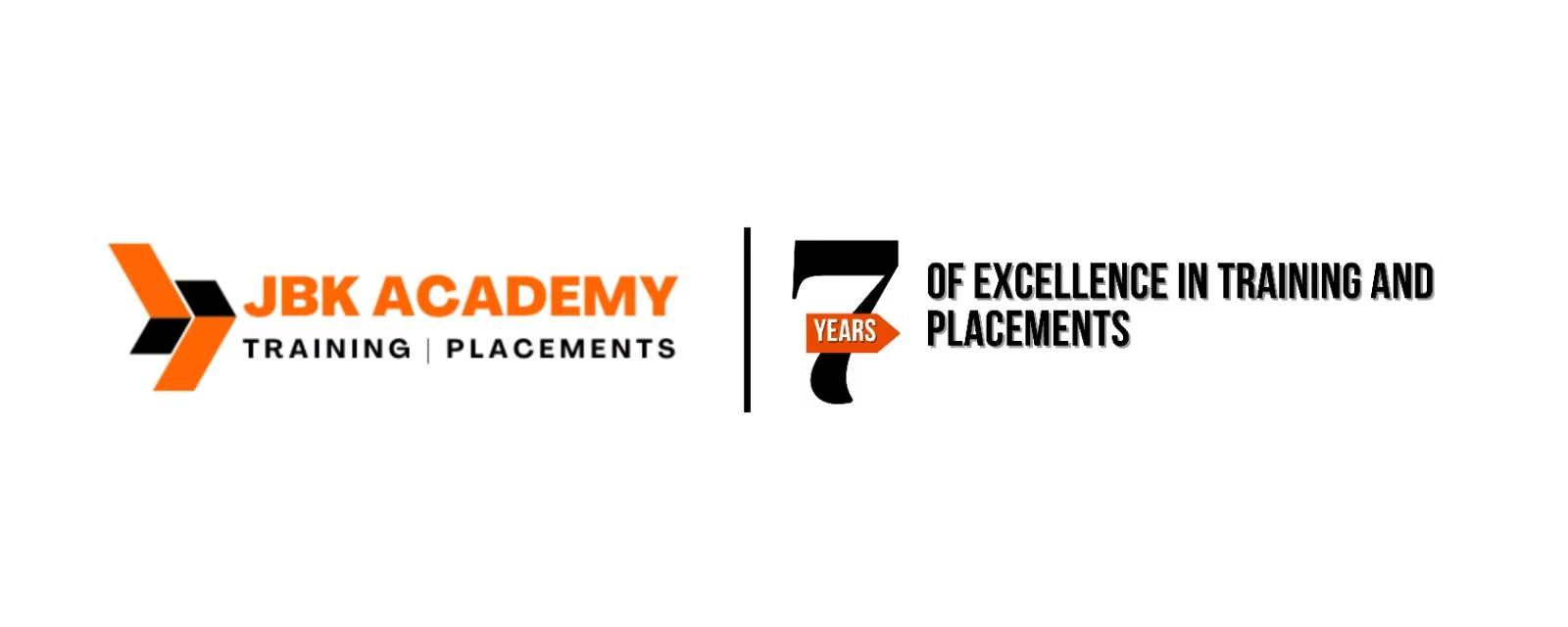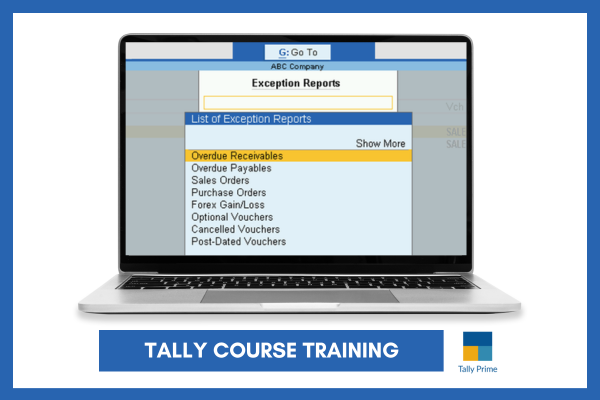How to Switch From a Non-Tech Background to Data Analyics, Step-by-Step Guide
In today’s data-driven world, organizations across every industry rely on data to make smarter decisions, solve problems, and create better products and services. But what if you didn’t start your career in tech?
Good news — you don’t need a computer science degree to become a data analyst. With the right plan, practical skills, and a bit of dedication, you can successfully switch from a non-technical background to a rewarding career in data analytics.
Whether you’re coming from marketing, sales, operations, education, finance, or an entirely different field, this guide will show you exactly how to make that leap — step by step.
Why Consider a Career in Data Analytics?
Before we dive in, let’s talk about why data analytics is worth it:
High Demand: Companies of all sizes need data-savvy professionals.
Good Salaries: Entry-level analysts often start at attractive salaries, with lots of room to grow.
Diverse Opportunities: Data analytics applies to industries like healthcare, sports, finance, retail, marketing, logistics, and more.
Future-Proof: As businesses rely more on data, demand for analysts continues to rise.
So, how do you go from “I have no coding background” to “I can land an analyst job”? Let’s break it down.
📍 Step 1: Understand What Data Analytics Actually Is
First, get clear on what you’re aiming for.
Data analytics means collecting, cleaning, analyzing, and presenting data to find patterns and help businesses make decisions.
A typical day might include:
Pulling data from spreadsheets, databases, or APIs.
Cleaning messy data — removing duplicates, fixing errors.
Using basic stats to find trends and patterns.
Creating visual reports and dashboards to explain what the numbers mean.
Key skills involved:
Spreadsheets/Excel: For organizing and analyzing data.
SQL: For querying databases.
Data Visualization: Tools like Tableau or Power BI to turn numbers into insights.
Basic Statistics: Mean, median, standard deviation, correlation.
Problem-Solving: Turning business questions into data questions.
Communication: Presenting findings clearly to non-technical teams.
📍 Step 2: Find Your Transferable Skills
Here’s the thing — you’re probably not starting from scratch. Your existing career has given you plenty of skills that transfer well to data analytics.
✅ Examples:
Communication: Explaining data findings to managers or clients.
Attention to Detail: Spotting trends, inconsistencies, or errors.
Critical Thinking: Asking the right questions of the data.
Domain Knowledge: If you’ve worked in marketing, HR, finance, or logistics, you already understand the context — this makes you stand out compared to someone who only knows the tools.
📍 Step 3: Learn the Essential Tools
Next, it’s time to build your core skills. You don’t need to learn everything at once — focus on the must-haves:
✅ Excel or Google Sheets
This is the backbone for any beginner. Learn:
Formulas and functions (SUM, VLOOKUP, IF, INDEX/MATCH).
Pivot tables and charts.
Data cleaning basics.
✅ SQL
SQL (Structured Query Language) lets you extract data from databases. Almost every analyst job requires at least basic SQL.
Start with:
SELECT statements
WHERE, GROUP BY, ORDER BY
Joins
✅ Data Visualization
Data means nothing if people can’t understand it. Learn to build dashboards and charts in:
Tableau Public (free version)
Power BI (Microsoft’s tool, also has free version)
Or even Google Data Studio
✅ Basic Statistics
Don’t worry — you don’t need to be a statistician. Just understand:
Descriptive stats (mean, median, mode)
Correlation vs. causation
Hypothesis testing basics
📍 Step 4: Pick a Beginner-Friendly Learning Path
You can learn all this for free or at low cost.
Popular beginner options:
Google Data Analytics Professional Certificate (Coursera): Very practical, step-by-step, beginner-friendly.
IBM Data Analyst Professional Certificate (Coursera): Covers similar basics with real-world labs.
Khan Academy: Great for basic stats and SQL.
YouTube: Channels like Alex The Analyst, Luke Barousse, or Data School.
Kaggle: Practice on real datasets, do small challenges.
Stick to one or two resources at a time. The biggest mistake is hopping from course to course without finishing anything!
📍 Step 5: Practice With Real Data
Learning tools is only half the battle — you must get hands-on practice.
Pick public datasets and explore them:
Kaggle Datasets
Google Dataset Search
data.gov
World Bank Data
Try to:
Clean the data (remove duplicates, fix blanks)
Analyze trends (e.g., sales over time, customer demographics)
Visualize your findings in charts and dashboards
Write a short summary of what you discovered
📍 Step 6: Build a Portfolio
When you’re switching careers, a portfolio is your best friend. It proves you can do the work.
Your portfolio could include:
Excel analysis of sales or marketing data.
SQL queries with sample databases.
Dashboards built in Tableau or Power BI.
A short blog post explaining what you found.
Where to share it:
GitHub: Host your code, queries, and reports.
Tableau Public: Host your dashboards.
Medium or LinkedIn: Write short articles explaining your projects.
Hiring managers love candidates who can SHOW their skills, not just talk about them.
📍 Step 7: Connect With the Data Community
You don’t have to do this alone.
✅ How to network:
Follow data analysts on LinkedIn.
Join data analytics groups and communities.
Attend webinars, workshops, or local meetups.
Share your learning journey on LinkedIn — people love to help motivated beginners.
One genuine connection can open doors to referrals, feedback, or even your first job.
📍 Step 8: Start Applying for Entry-Level Roles
When you have the basics down and a couple of projects in your portfolio, you’re ready to apply.
Good starter roles:
Data Analyst (Junior or Associate)
Business Analyst
Marketing Analyst
Operations Analyst
Reporting Specialist
Don’t worry if you don’t tick every box in the job description — nobody does! Tailor your resume to highlight your new skills, transferable strengths, and portfolio.
📍 Step 9: Keep Learning & Growing
Your first job is just the beginning. As you gain experience:
Learn Python or R for more advanced analysis.
Explore machine learning or big data tools if you’re interested.
Pick up cloud tools like AWS or Google Cloud later on.
But don’t feel pressured — you don’t need to know everything upfront. Get the job, then grow.
🎯 Final Thoughts
Switching from a non-tech background to data analytics is absolutely possible — and many people just like you have done it. The key is to break it down: build practical skills, practice on real data, show your work, and stay connected to the community.
✅ Ready to Take the First Step? Here’s What to Do Next
🎓 Pick your first tool — Excel or SQL is perfect.
📊 Enroll in a beginner-friendly course — stick with it.
📁 Start a simple project — analyze a free dataset.
📢 Share your progress on LinkedIn — invite feedback.
Remember: You don’t have to be perfect. You just have to get started.
Our Courses
- Category

